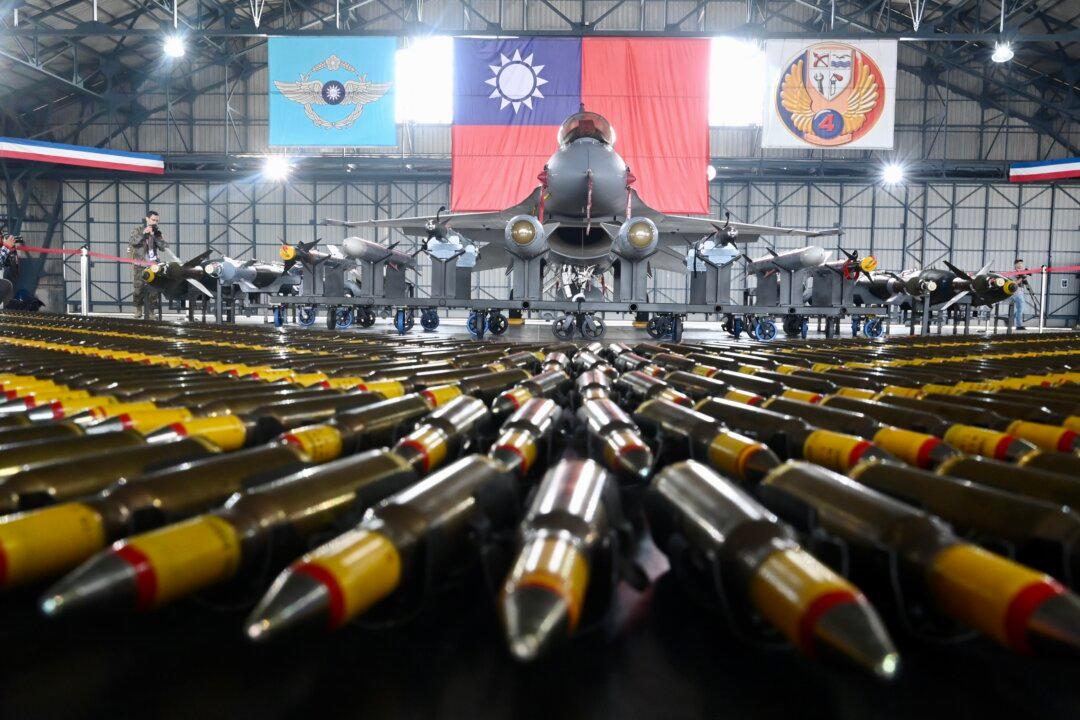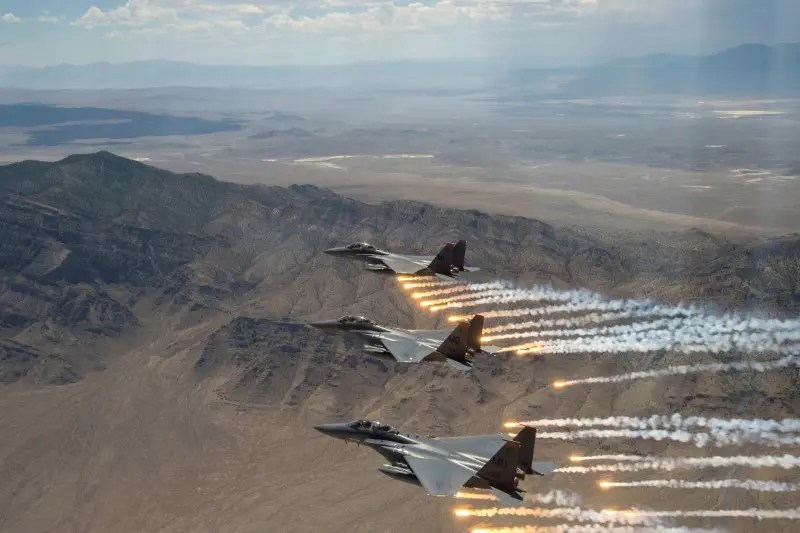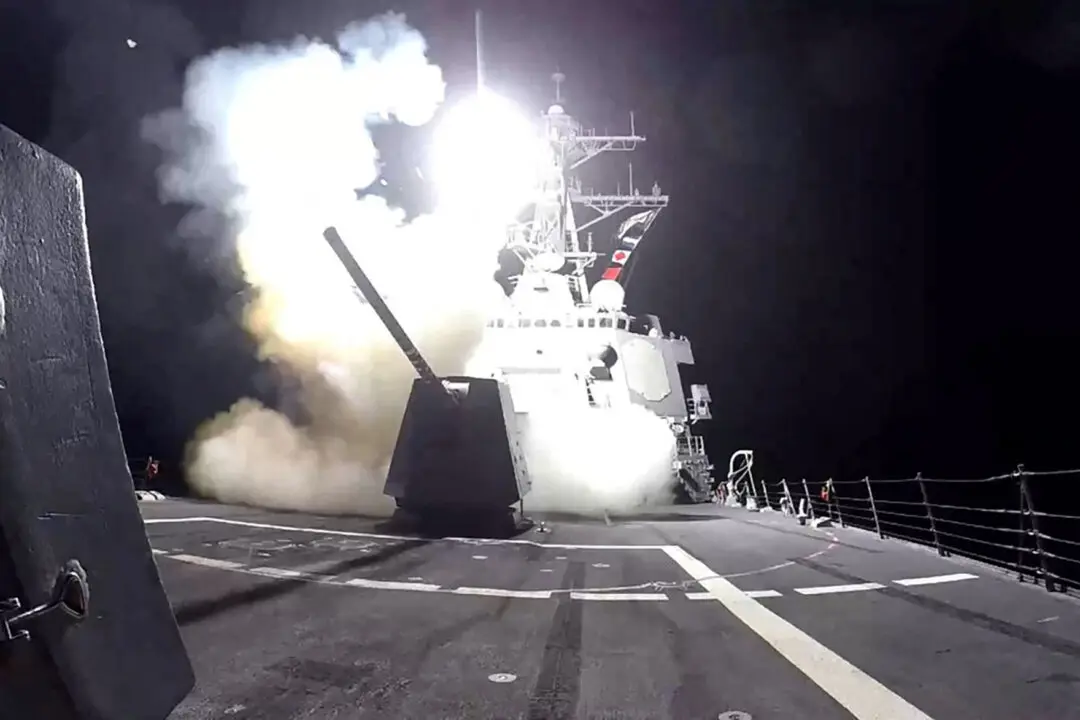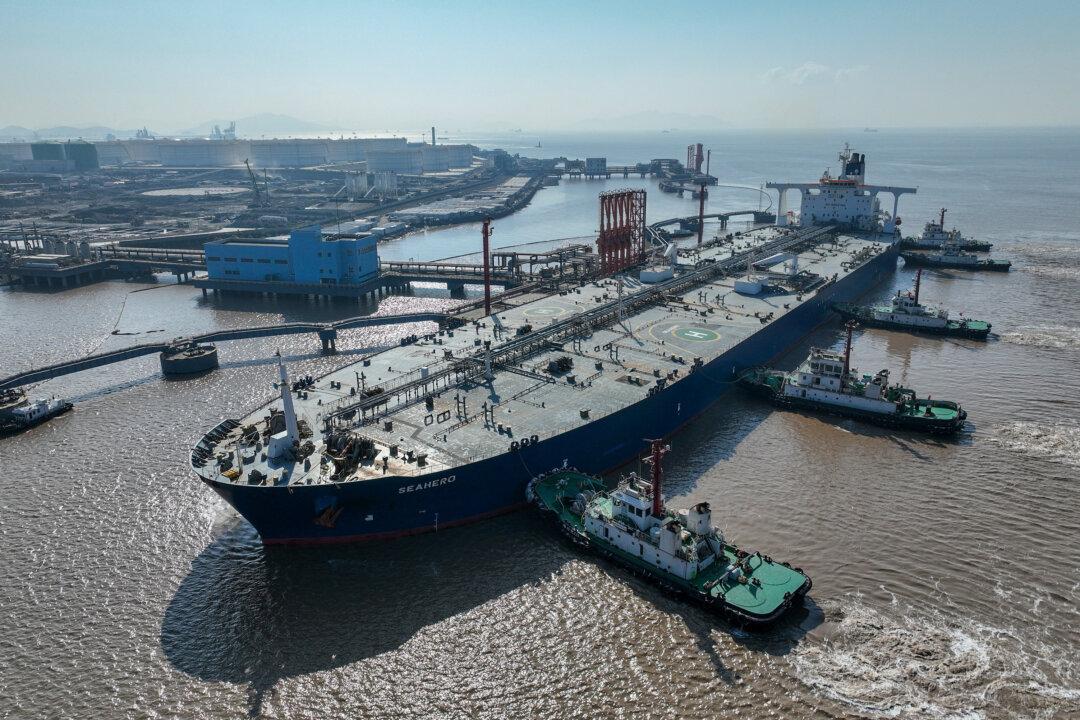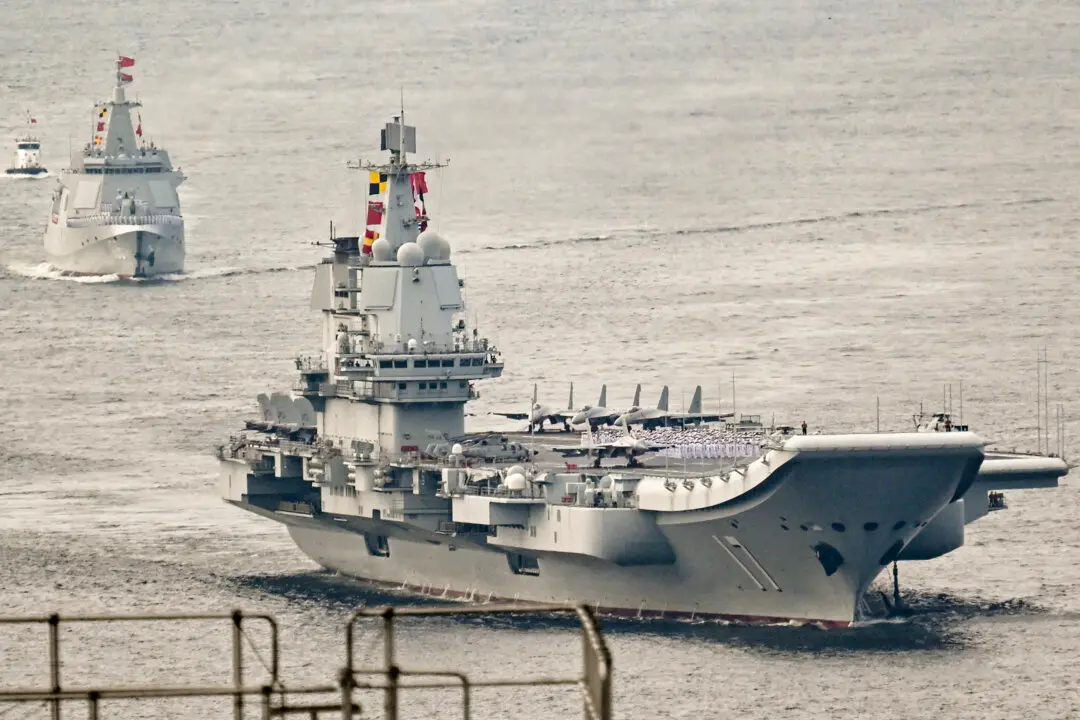The overall number of major international arms sales declined during the last five years, but arms imports spiked sharply in nations throughout Asia and Oceania. Experts correlated the increases to a combination of tension regarding China’s growing military and the United States’ foreign policy.
Australia, Japan, and South Korea all saw large increases in major arms imports for the period of 2017-2021 as compared to 2012-2016, according to a new report by the Stockholm International Peace Research Institute (SIPRI).
